The MSI Z370-A Pro Motherboard Review: Entry Level Business (And Pleasure)
by Joe Shields on September 11, 2018 8:00 AM EST- Posted in
- Motherboards
- MSI
- Coffee Lake
- Z370
- i7-8700K
- Z370A-Pro
- Pro Series
Board Features
The MSI Z370-A Pro is an inexpensive motherboard designed for 'Pro' use and does away with some of the extra bells and whistles many associate with the Z370 platform (such as the fact there are no USB 3.1 ports and only one M.2 slot). Outside of that, the board really does have the basics needed for an office environment and more. The board includes Gigabit Ethernet, Crossfire support, 7.1 channel audio, multiple choices for video output, and more.
| MSI Z370-A Pro | |
| Warranty Period | 1 Year |
| Product Page | LINK |
| Price | $110 (Amazon) |
| Size | ATX |
| CPU Interface | LGA1151 |
| Chipset | Intel Z370 |
| Memory Slots (DDR4) | Four DDR4 Dual Channel Supporting 64GB Up to DDR4 4000 |
| Network Connectivity / Wi-Fi | 1 x Realtek RTL8111H |
| Onboard Audio | Realtek ALC892 7.1ch surround |
| Video Outputs | 1 x VGA 1 x DVI-D 1 x DisplayPort (1.2) |
| PCIe Slots for Graphics (from CPU) | 1 x PCIe 3.0 x16 |
| PCIe Slots for Other (from PCH) | 1 x PCIe 3.0 x4 2 x PCIe 3.0 x1 |
| Onboard SATA | 6 x RAID 0/1/5/10 |
| Onboard SATA Express | None |
| Onboard M.2 | 1 x PCIe 3.0 x4 and SATA |
| Onboard U.2 | None |
| USB 3.1 | N/A |
| USB 3.0 | Chipset 8 x (4 back panel, 4 through headers) |
| USB 2.0 | Chipset 6 x (2 back panel, 4 though headers) |
| Power Connectors | 1 x 24-pin ATX 1 x 8-pin CPU |
| Fan Headers | 1 x 4-pin CPU 1 x 4-pin water pump 4 x 4-pin system |
| IO Panel | 1 x PS/2 Mouse/Keyboard port 1 x VGA 1 x LAN 2 x USB 2.0 1 x 6-plug audio stack 4 x USB 3.0 1 x DVI-D 1 x Displayport |
Block Diagram
Below is an image of the block diagram from the manual. Worth noting here is the second full-length GPU slot is connected to the chipset with a maximum bandwidth of x4. This configuration removes the possibility for SLI. Also worth mentioning is the sharing of PCIe lanes with the SATA ports. When a SATA based M.2 device is used, SATA1 will become unavailable.
Test Bed
As per our testing policy, we take a high-end CPU suitable for the motherboard that was released during the socket’s initial launch and equip the system with a suitable amount of memory running at the processor maximum supported frequency. This is also typically run at JEDEC sub timings where possible. It is noted that some users are not keen on this policy, stating that sometimes the maximum supported frequency is quite low, or faster memory is available at a similar price, or that the JEDEC speeds can be prohibitive for performance. While these comments make sense, ultimately very few users apply memory profiles (either XMP or other) as they require interaction with the BIOS, and most users will fall back on JEDEC supported speeds - this includes home users as well as industry who might want to shave off a cent or two from the cost or stay within the margins set by the manufacturer. Where possible, we will extend our testing to include faster memory modules either at the same time as the review or a later date.
Readers of our motherboard review section will have noted the trend in modern motherboards to implement a form of MultiCore Enhancement / Acceleration / Turbo (read our report here) on their motherboards. This does several things, including better benchmark results at stock settings (not entirely needed if overclocking is an end-user goal) at the expense of heat and temperature. It also gives, in essence, an automatic overclock which may be against what the user wants. Our testing methodology is ‘out-of-the-box’, with the latest public BIOS installed and XMP enabled, and thus subject to the whims of this feature. It is ultimately up to the motherboard manufacturer to take this risk – and manufacturers taking risks in the setup is something they do on every product (think C-state settings, USB priority, DPC Latency/monitoring priority, overriding memory sub-timings at JEDEC). Processor speed change is part of that risk, and ultimately if no overclocking is planned, some motherboards will affect how fast that shiny new processor goes and can be an important factor in the system build.
| Test Setup | |
| Processor | Intel i7 8700K (6C/12T, 3.7G, 95W) |
| Motherboard | MSI Z370-A Pro (BIOS 2.5) |
| Cooling | Corsair H115i |
| Power Supply | Corsair HX750 |
| Memory | Corsair Vengeance LPX 4x8GB DDR4 2666 CL16 Corsair Vengeance 4x4GB DDR4 3200 CL16 (used in 2x 4/8GB capacity on dual Channel Platform |
| Memory Settings | DDR4 2666 CL16-18-18-35 2T |
| Video Cards | ASUS Strix GTX 980 |
| Hard Drive | Crucial MX300 1TB |
| Optical Drive | TSST TS-H653G |
| Case | Open Test Bed |
| Operating System | Windows 10 Pro 64-bit |
Many thanks to...
We must thank the following companies for kindly providing hardware for our multiple test beds. Some of this hardware is not in this testbed specifically but is used in other testing.
Thank you to ASUS for providing us with GTX 980 Strix GPUs. At the time of release, the STRIX brand from ASUS was aimed at silent running, or to use the marketing term: '0dB Silent Gaming'. This enables the card to disable the fans when the GPU is dealing with low loads well within temperature specifications. These cards equip the GTX 980 silicon with ASUS' Direct CU II cooler and 10-phase digital VRMs, aimed at high-efficiency conversion. Along with the card, ASUS bundles GPU Tweak software for overclocking and streaming assistance.
The GTX 980 uses NVIDIA's GM204 silicon die, built upon their Maxwell architecture. This die is 5.2 billion transistors for a die size of 298 mm2, built on TMSC's 28nm process. A GTX 980 uses the full GM204 core, with 2048 CUDA Cores and 64 ROPs with a 256-bit memory bus to GDDR5. The official power rating for the GTX 980 is 165W.
The ASUS GTX 980 Strix 4GB (or the full name of STRIX-GTX980-DC2OC-4GD5) runs a reasonable overclock over a reference GTX 980 card, with frequencies in the range of 1178-1279 MHz. The memory runs at stock, in this case, 7010 MHz. Video outputs include three DisplayPort connectors, one HDMI 2.0 connector, and a DVI-I.
Further Reading: AnandTech's NVIDIA GTX 980 Review
Thank you to Crucial for providing us with MX300 SSDs. Crucial stepped up to the plate as our benchmark list grows larger with newer benchmarks and titles, and the 1TB MX300 units are strong performers. Based on Marvell's 88SS1074 controller and using Micron's 384Gbit 32-layer 3D TLC NAND, these are 7mm high, 2.5-inch drives rated for 92K random read IOPS and 530/510 MB/s sequential read and write speeds.
The 1TB models we are using here support TCG Opal 2.0 and IEEE-1667 (eDrive) encryption and have a 360TB rated endurance with a three-year warranty.
Further Reading: AnandTech's Crucial MX300 (750 GB) Review
Thank you to Corsair for providing us with Vengeance LPX DDR4 Memory, HX750 Power Supply, and H115i CPU Cooler.
Corsair kindly sent a 4x8GB DDR4 2666 set of their Vengeance LPX low profile, high-performance memory for our stock testing. The heatsink is made of pure aluminum to help remove heat from the sticks and has an eight-layer PCB. The heatsink is a low profile design to help fit in spaces where there may not be room for a tall heat spreader; think a SFF case or using a large heatsink. Timings on this specific set come in at 16-18-18-35. The Vengeance LPX line supports XMP 2.0 profiles for easily setting the speed and timings. It also comes with a limited lifetime warranty.
Powering the test system is Corsair's HX750 Power Supply. This HX750 is a dual mode unit able to switch from a single 12V rail (62.5A/750W) to a five rail CPU (40A max ea.) and is also fully modular. It has a typical selection of connectors, including dual EPS 4+4 pin four PCIe connectors and a whopping 16 SATA power leads, as well as four 4-pin Molex connectors.
The 135mm fluid dynamic bearing fan remains off until it is 40% loaded offering complete silence in light workloads. The HX750 comes with a ten-year warranty.
In order to cool these high-TDP HEDT CPUs, Corsair sent over its latest and largest AIO in the H115i. This closed-loop system uses a 280mm radiator with 2x140mm SP140L PWM controlled fans. The pump/block combination mounts to all modern CPU sockets. Users are also able to integrate this cooler into the Corsair link software via USB for more control and options.


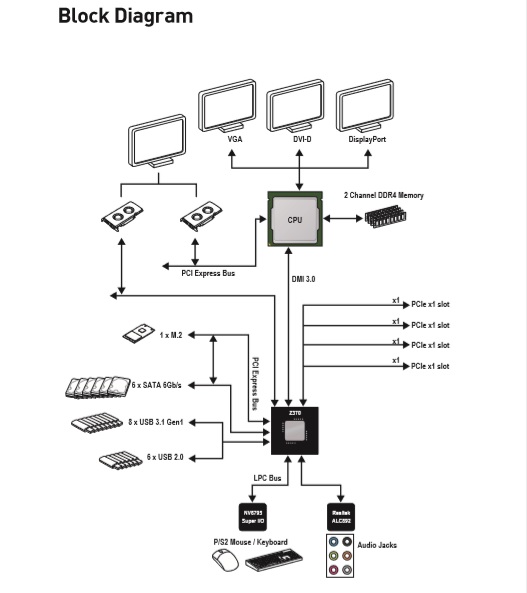
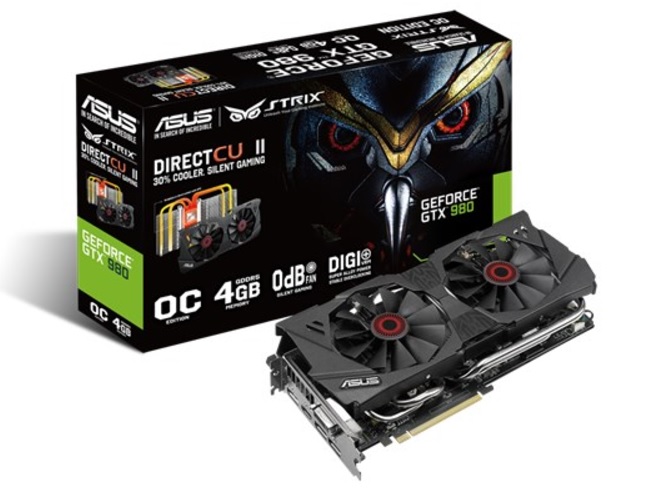

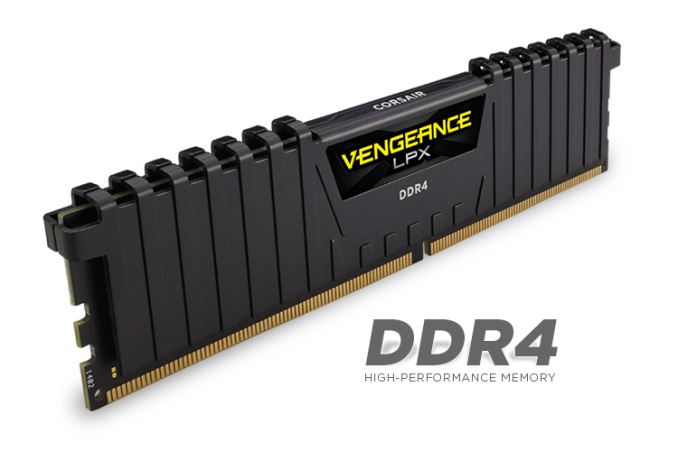
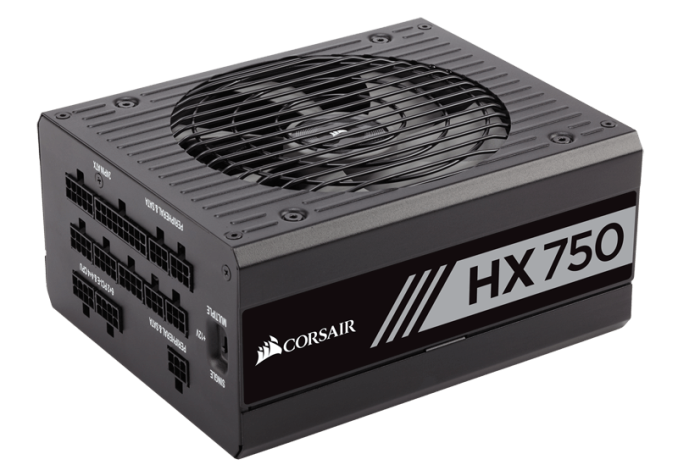
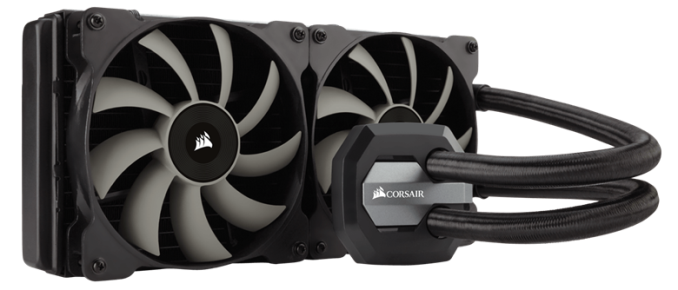








12 Comments
View All Comments
PeachNCream - Tuesday, September 11, 2018 - link
Visual Inspection, 1st Paragraph - "Off the bat, users should be how MSI makes up the basics on a $110 motherboard:"That line needs help.
halcyon - Tuesday, September 11, 2018 - link
Really entry level indeed. My MSi Z370 Pro crapped at ~175W load, even with extra VRM cooling. Upgraded to more expensive Asrock Taichi Z370 and OC is so much more stable at higher loads.imaheadcase - Tuesday, September 11, 2018 - link
That doesn't sound like the motherboard at all.qlum - Tuesday, September 11, 2018 - link
about the vrm's being sufficient for overclocking while the system may not downright crash or throttle with your load does not mean they are sufficient to sustain such overclock for a user.the vrm may run very hot, enough so to seriously impect the lifespan of the components. the 'heatsinks' are not that great at dissipating the heat but have enough mass to keep the vrm cool enough for some time until it does overheat. often cases do not provide a lot of airflow over the vrm resulting in higher temperatures. Some workloads like blender can be very stressfull over a longer peroid of time
So basically just because it keeps running the overclock in your test does not really mean the motherboard is able to sustain such overclock for daily use.
timecop1818 - Tuesday, September 11, 2018 - link
daily use overclocking is fucking retarded anyway. the stuff is fast enough, if you want it faster buy something that will be faster, no need to run stuff out of spec.PeachNCream - Tuesday, September 11, 2018 - link
So much of this! Overclocking is interesting, maybe a learning experience, but of little practical use and doing so results in unnecessary expenses from a cascade of additional problems that must be mitigated with components that would otherwise never have been needed to begin with. It creates perceptions like these about VRM cooling or about the necessity of 1KW power supplies. Have fun with it, but if you're working on some sort of task that you can't afford to lose or redo, then don't overclock your computer.Death666Angel - Tuesday, September 11, 2018 - link
So where can I buy a 5.2GHz Intel CPU then? Apart from the fun of maxing out component, you can attain results with overclocking, that you can't buy "in spec" from Intel or AMD.mischlep - Tuesday, September 11, 2018 - link
"The rear IO consists of three video outputs (VGA, DVI-D, and HDMI) "This motherboard has Displayport, not HDMI.
Ryan Smith - Tuesday, September 11, 2018 - link
Thanks!gobaers - Tuesday, September 11, 2018 - link
I would posit that the blain black/brown scheme is exactly why this *would* win a beauty contest. I'm not a 11yo seeking flashing lights, I find most high end component design to be garish and off-putting.